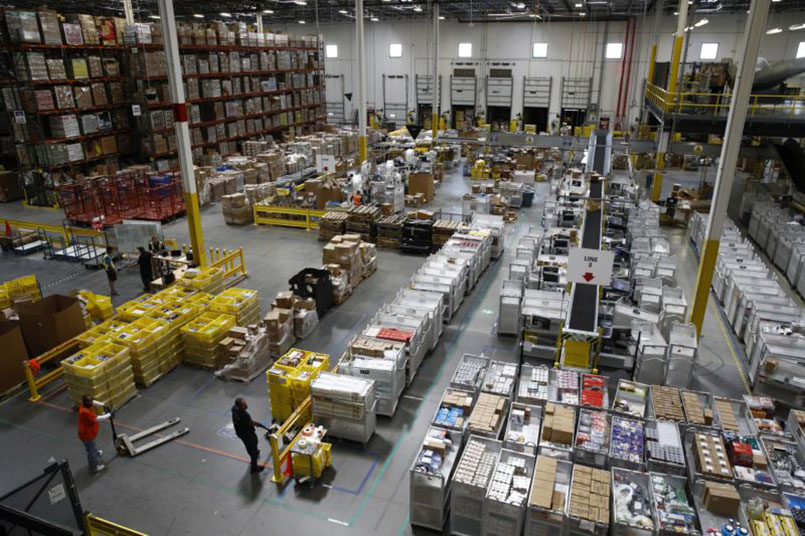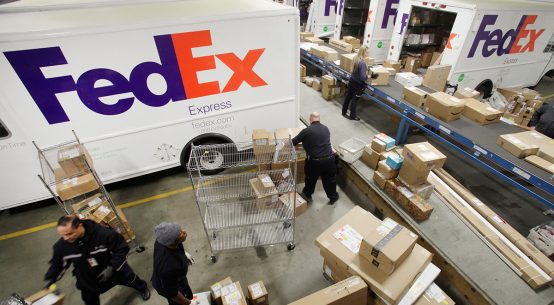E-commerce warehouse
E-commerce was supposed to bypass the need for expensive downtown storefronts, but rising demand for two-day shipping has turned the tables, with warehousing space in or near cities – close enough to deploy last-mile deliveries – currently costing, on average, more than US$250,000 per acre, up 25 percent from 2016 to 2017.
Imagine your Ad placed here
On the national level, warehouse prices have more than doubled, to more than $100,000 an acre, from about $50,000 in 2016, according to data from real estate firm CBRE.
What’s more, analysts don’t expect demand to subside anytime soon. CBRE wrote that not only was demand unrelenting, but that on-demand delivery warehousing requires up to three times more space than traditional retail supply-chain users. That partly explains those gargantuan Amazon.com warehouses.
“With e-commerce sales forecast to grow by 10 percent, annually, and to top $500 billion by 2020, demand for high-quality, well-located industrial real estate should not wane anytime soon,” the research firm wrote.
The on-demand trend is forcing e-tailers to reconsider their warehousing strategies. Brick-and-mortar stores are increasingly serving a dual function, as both retail outlets and e-commerce warehouses.
That same demand for prime warehousing real estate was one explanation for the high price Amazon.com was willing to pay for Whole Foods, which had real estate in many of Amazon.com’s most lucrative markets. With Amazon rolling out even smaller delivery windows, down to two hours for some products, location has grown even more important, costs be damned.
Regardless of what strategies retailers choose for their e-commerce deliveries, online retailers are starting to run up against the same economic rules that constrained their brick-and-mortar competitors, and, unlike the internet, land is a finite resource.
For more Logistics News, Follow us on TWITTER Follow us on FACEBOOK
Whether it takes the form of repurposing other real estate – think office buildings – or passing rising property costs on to consumers in the form of higher delivery fees, these developments represent the first signs of a maturing, albeit rapidly growing, market.











